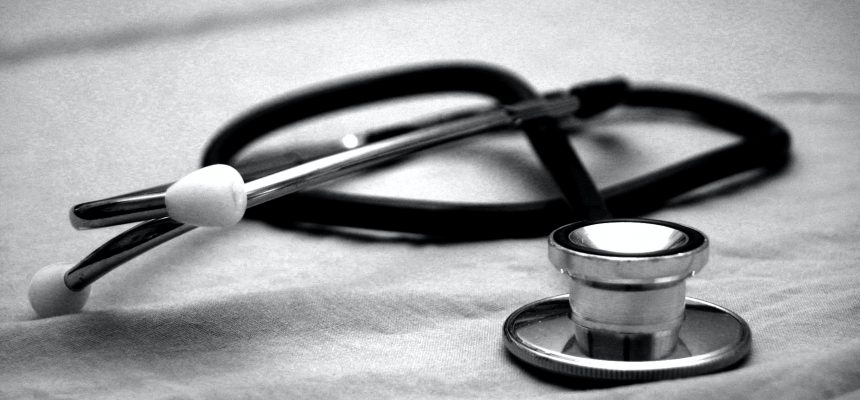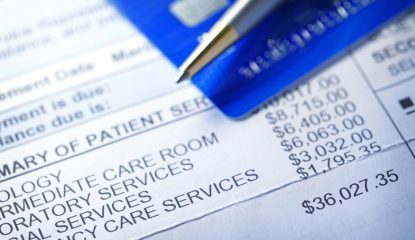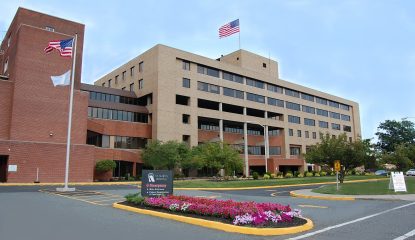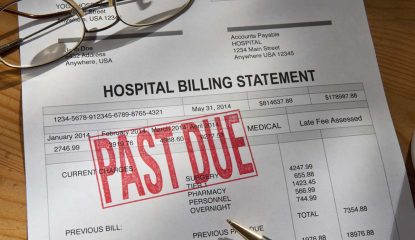Pennsylvania’s Incomplete COVID Race Data Has Dangerous Consequences
By Consumers For Quality Care, on February 22, 2021

Despite COVID-19’s disproportionate impact on communities of color, NPR Philadelphia reports that the state’s race and ethnicity data for the virus is largely unknown.
The incomplete data has dangerous consequences, including a higher chance that potentially wider disparities go unnoticed. It could also mean a lack of funding for programs to help impacted communities, particularly in rural areas.
Dr. Utibe Essien, an assistant professor of medicine at the University of Pittsburgh, says gaps in the data go all the way back to April.
“So my colleagues and I back in May of last year published this report that showed if we looked at the 50 states and looked at COVID-19 deaths, yes, that disparity and mortality existed, but what was really striking was that only 28 of the states were reporting any race and ethnicity related to COVID-19,” Essien said.
Now, almost a year has passed. “And, unfortunately, the story is continuing to play out,” Essien said.
In Philadelphia, the race and ethnicity of 24% of coronavirus patients remains unknown. White Philadelphians make up roughly 23% of total coronavirus patients, which puts the “unknown” group second behind Black Philadelphians for total reported cases.
The lack of data is largely blamed on miscommunication and side effects of barriers to coronavirus testing.
“So when people sign up for our testing site, they are asked to report their race, but it is not required because we want to make sure there’s just no barriers or perceived barriers to accessing our testing sites. It’s the same process for our vaccination sites, we are encouraging people to self-identify their race, and many do, but not everyone.” said Dr. Valerie Arkoosh, who chairs the Montco Board of Commissioners.
According to the report, one solution would be to enlist more health equity researchers and to conduct more community-based research.




